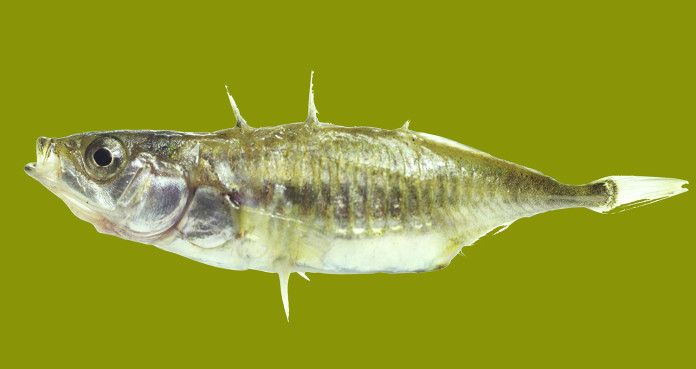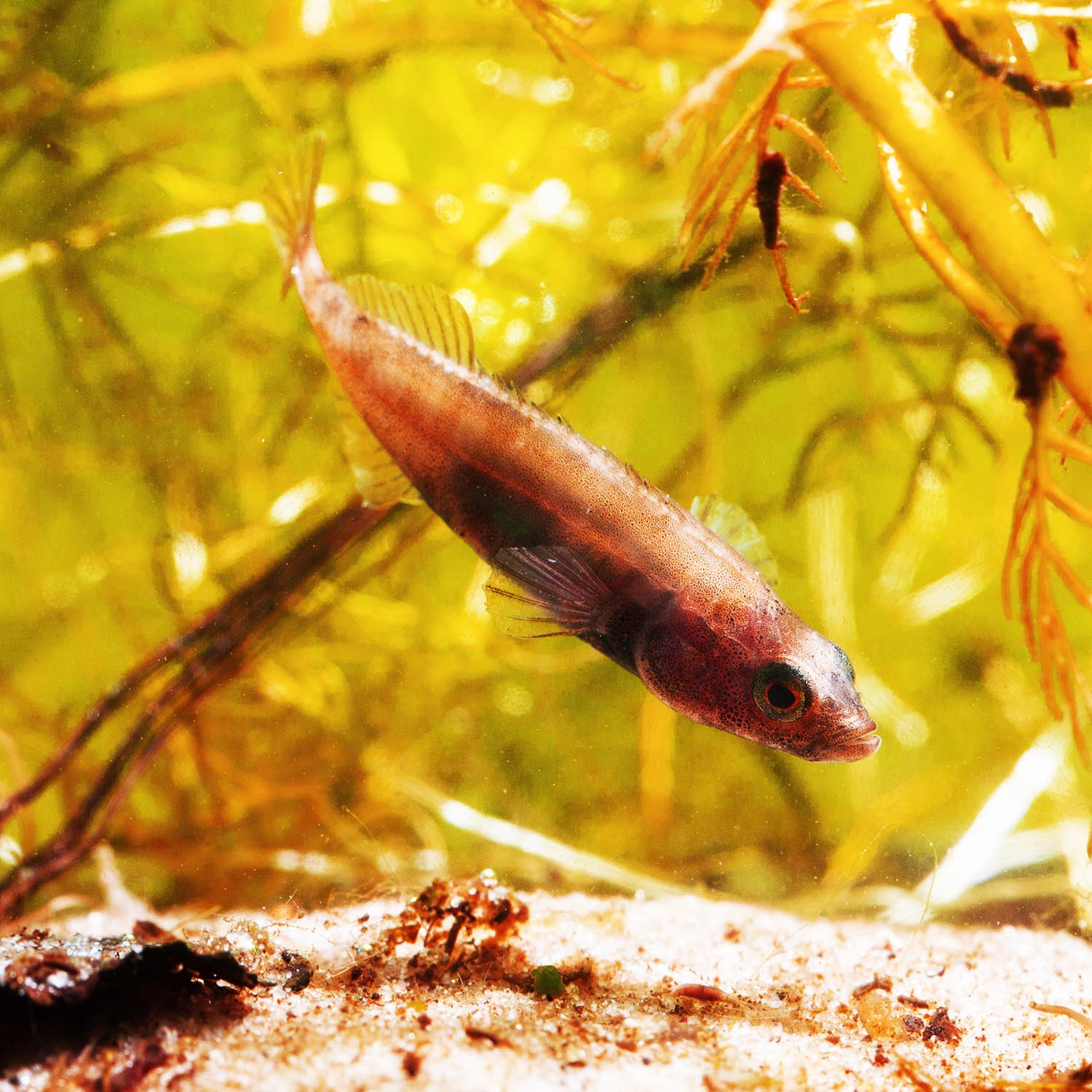
A new study reveals how and why male stickleback fish lose the ability to urinate normally when they start to build nests for their future offspring. This specific species of fish puts a lot of dedication onto nest building; this is after all how they court females, and research has revealed that they are so dedicated to nest building that their very organs start to shift to adapt. In other words, sticklebacks have little to no time to urinate while there’s a nest that needs building.

The male stickleback’s kidney is only regularly functional until they become sexually mature, and the moment the fish starts building a nest for offspring, their kidney stops producing urine. The reason for this is simple, the stickleback needs a special substance in order to be able to urinate, but it must sacrifice this silky substance to build the nest. Steffen Madsen, lead researcher on the study and Associate Professor of the Department of Biology at the University of Southern Denmark, shares that healthy stickleback kidneys are vital for the construction of a good nest. As the fish take up their task, their male hormone count increases dramatically, causing their kidney to grow so large it can be seen by the naked eye. The kidney starts to produce a substance called spiggin, which is vital to nest construction.
But how does the fish, then, get rid of waste water and fluids? The study reveals that it is not through the kidney but through the intestine, in a series of intracellular movements.
The findings, published in the journal Comparative Biochemistry and Physiology Part A: Molecular & Integrative Physiology, declare that they release waste fluids through the intestinal wall. The urine gets transported through cells between specific channels in their cell membranes, and the intestine filters fluid through secretion of salt and diffusion of water. In an impressive feat of evolution, science has revealed just how far some species go to optimize and ensure offspring have the best possible habitat to grow in, and proves how dedicated the stickleback fish are to protecting their own.

















